Urban LED Display Screens Become New City Landmarks and Boost Cultural Tourism
The LED Screen as a Symbol of Urban Innovation
In recent years, the visual identity of cities has undergone dramatic changes. Among the most striking elements shaping skylines and public spaces are urban LED display screens. These vivid, high-resolution installations do more than deliver advertisements. They become landmarks, communication tools, and cultural storytelling platforms.
Recognizing the increasing role of LED display screens in fusing modern technology with heritage, tourism, and public engagement. This article explores how these installations influence urban aesthetics and drive cultural tourism initiatives worldwide.
LED Screens Redefining Urban Landmarks
Traditionally, city landmarks included historic monuments, architectural marvels, or natural sites. However, with smart city initiatives gaining momentum, digital installations—especially outdoor LED display screens—are transforming cityscapes.
From Times Square in New York to The Bund in Shanghai, large-format LED screens capture attention, facilitate communication, and attract tourists. These screens blend visual spectacle with real-time data, artistic performances, and civic announcements.
Moreover, they allow municipalities to dynamically highlight local festivals, heritage celebrations, and tourism campaigns. Their adaptability enables cities to stay current and culturally relevant throughout the year.
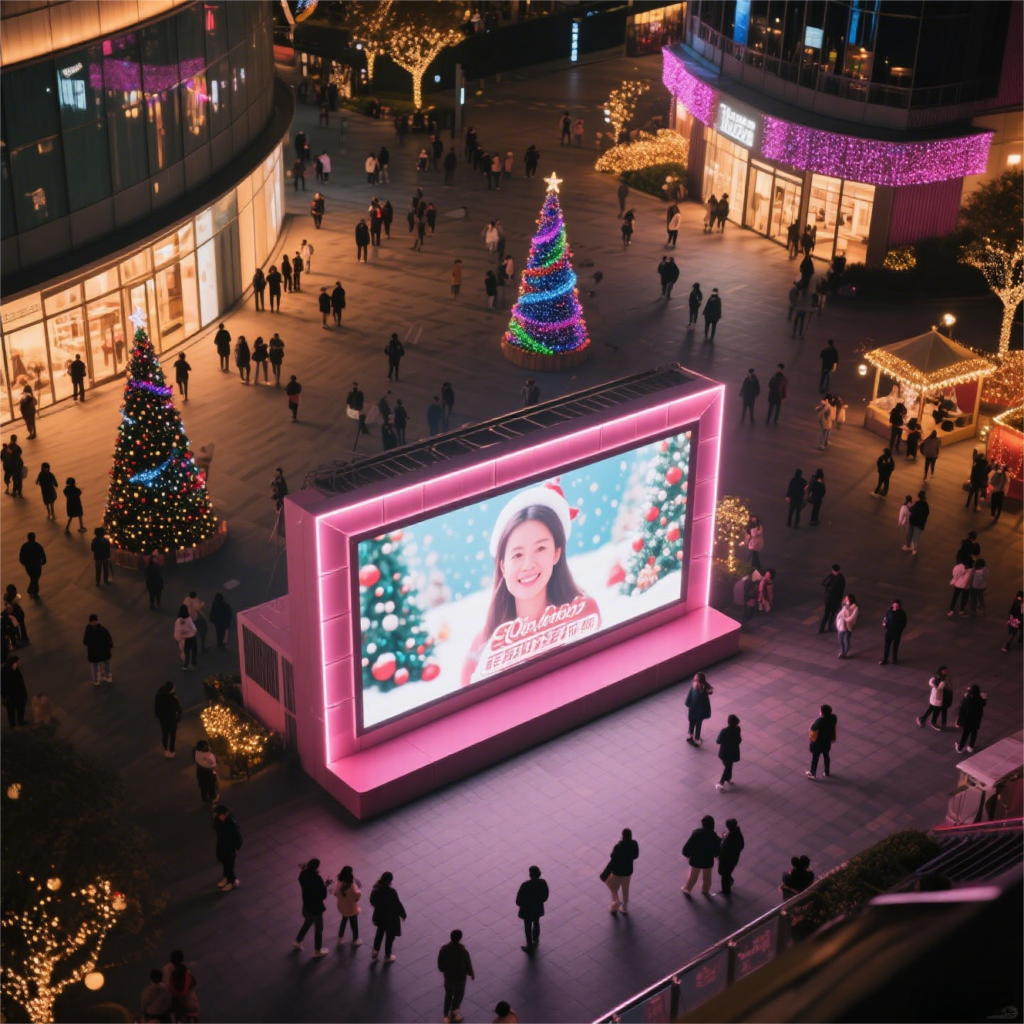 Integration with Cultural and Tourism Campaigns
Integration with Cultural and Tourism Campaigns
Cities increasingly integrate urban LED display screens into culture-driven strategies. Large screens are now used to:
- Broadcast live performances in public squares
- Showcase local artists and community events
- Deliver multilingual guides and tourist information
For instance, in Europe, many medieval cities are turning to high-definition LED screens to present 3D reconstructions of historic buildings. These visualizations allow tourists to glimpse the past while immersed in a modern setting. In Asia, night tourism is enhanced with synchronized light and sound shows powered by massive LED arrays.
Such projects stimulate foot traffic, extend dwell time in key areas, and promote local businesses. The screen becomes more than a medium—it becomes a destination.
Technical Versatility Enabling Creative Expression
Modern LED display screens support modular configurations. This allows integration with building facades, sculptures, or free-standing art installations. With pixel pitches under 2mm, today’s screens achieve cinema-quality visual detail even outdoors.
Artists now use these screens for video art, interactive exhibits, and immersive experiences. Cities collaborate with creative agencies and cultural institutions to curate screen-based content that aligns with local identity and tourism themes.
At Madder, we provide customizable LED modules suitable for irregular surfaces, corners, and curved installations. Our products support synchronized multi-screen networks and remote management tools, ideal for cultural venues and tourist zones.
Case Study Highlights
Seoul, South Korea
The COEX K-pop Square’s LED screen has become a major tourist magnet. Live shows, AR interactions, and fan-driven campaigns bring vibrancy to the city’s cultural economy.
Dubai, UAE
Integrated LED media facades in shopping districts combine advertisements with real-time cultural insights, driving footfall from international tourists.
Chengdu, China
LED canopy screens above commercial streets create immersive nighttime environments, merging ancient Sichuan culture with futuristic aesthetics.
These cities demonstrate that LED screens are more than communication devices. They are pillars of cultural branding and regional competitiveness.
Environmental and Economic Considerations
Contrary to popular belief, modern LED display screens offer high energy efficiency. Smart dimming, solar integration, and advanced cooling systems reduce environmental impact.
Additionally, LED-driven cultural zones boost local economies. Tourists spend more time in areas with dynamic media displays. Cafes, galleries, and stores nearby see improved sales. Government subsidies and public-private partnerships often support these investments.
Madder offers LED systems with recyclable components and low carbon footprints. We consult on the total cost of ownership, ensuring cities balance visual impact with sustainability.

Challenges and Responsible Implementation
Despite the benefits, implementation must consider visual pollution, noise regulations, and heritage site preservation. Screens should enhance, not overwhelm, their surroundings.
Our team at Madder works closely with architects and planners to design context-appropriate solutions. We prioritize harmony with the built environment and cultural narratives.
The Future: AI, Interactivity, and Urban Identity
Looking forward, urban LED display screens will become increasingly intelligent. AI will enable content that responds to crowd density, weather, or real-time events. Multilingual AI guides will transform static screens into interactive tourism assistants.
Cities will differentiate themselves not only by skylines but by screen content. The fusion of technology, culture, and storytelling will be the defining trait of tomorrow’s urban experience.
Conclusion: A New Era for City Branding
LED display screens have transcended their commercial origins. They now serve as cultural lighthouses and storytelling platforms. As urban environments grow smarter, cities that embrace this technology stand to gain more than visual appeal. They gain identity, economic vitality, and cultural relevance.
At Madder, we empower cities to build this future. Our LED solutions support modular creativity, sustainable design, and global appeal. We invite you to explore how our urban LED display screens can transform your skyline into a symbol of connection, creativity, and culture.

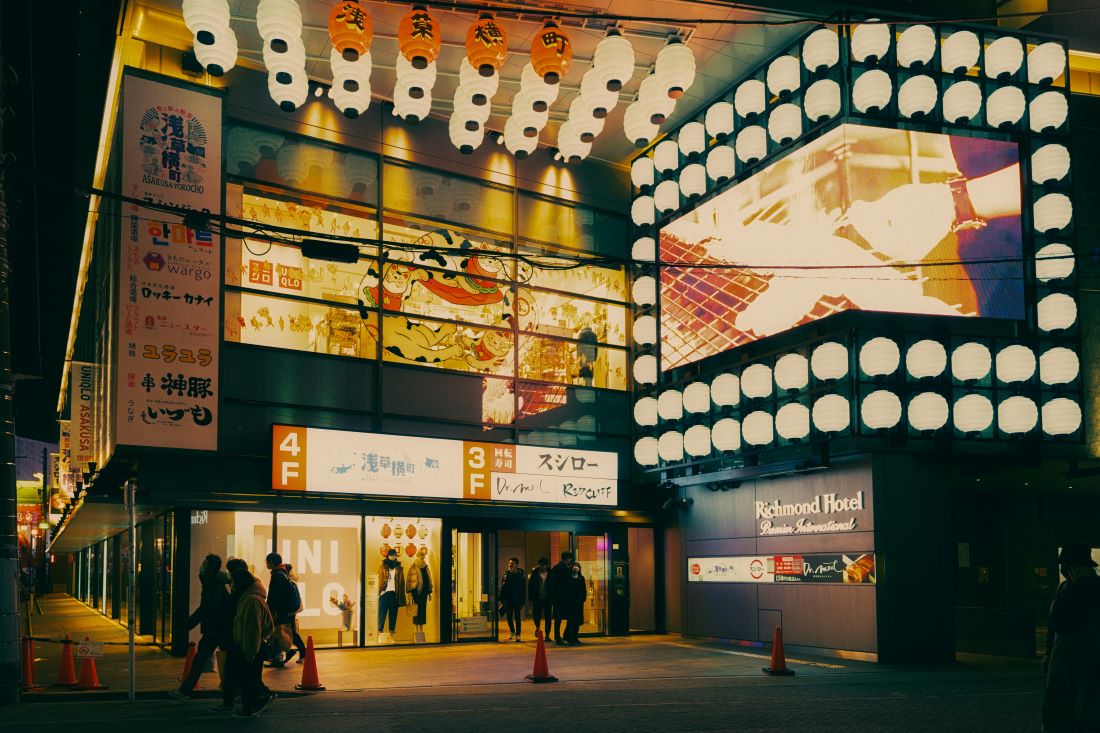
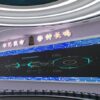
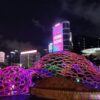
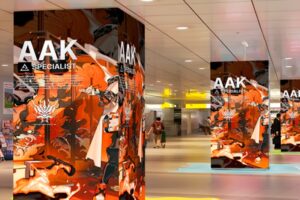
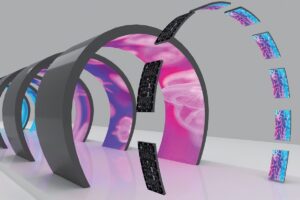
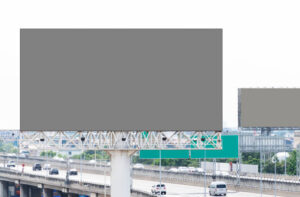


Leave a reply